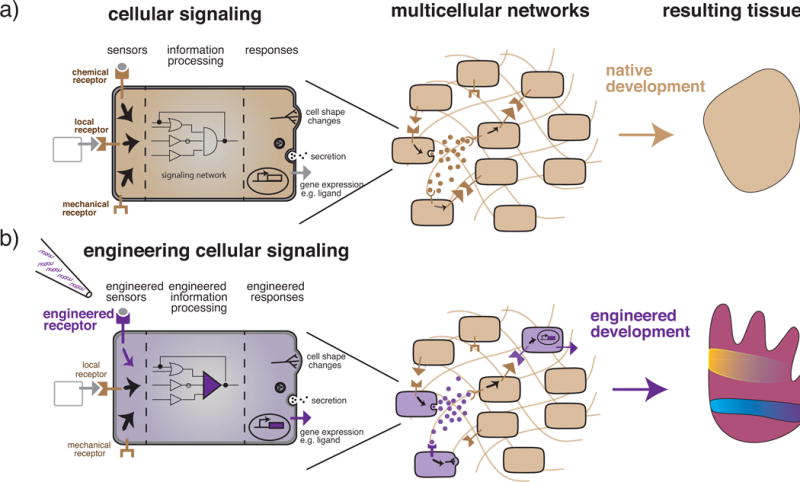Figure 1. Cell signaling networks as the key to engineering multicellular self-organization.

a) Representation of a native cell (represented as beige throughout this review) as a computational unit made up of sensing, processing, and response subunits. Receptors capable of sensing secreted chemicals, locally bound ligands, mechanical changes, or other environmental cues are an example of the sensing subunit of cells. An information processing subunit then uses signaling networks to transform the incoming signal into a response. Responses are computational outputs and can take many forms such as alterations of gene expression leading to morphological changes, molecule secretion, ligand production, or a variety of other behaviors. In a multicellular context, the computational output of any one cell both influences and is influenced by its neighbors. Each cell both senses and responds and the collection of cells creates its own signaling network. These complex networks generate, at the multicellular level, the emergent properties of self-organization, patterning, morphogenesis, differentiation, and decision-making that ultimately combine to build complex tissues. b) Engineering efforts (represented in purple throughout this review) can be directed towards modifications of cell sensing, processing, response or any combination of these subunits to suit the needs of the engineered system. In a multicellular context, the presence of even a few properly engineered cells can then change the computational output of the system as a whole. Engineering cell signaling at the level of the individual cell can thereby result in increased complexity and control in the multicellular context of tissues.
